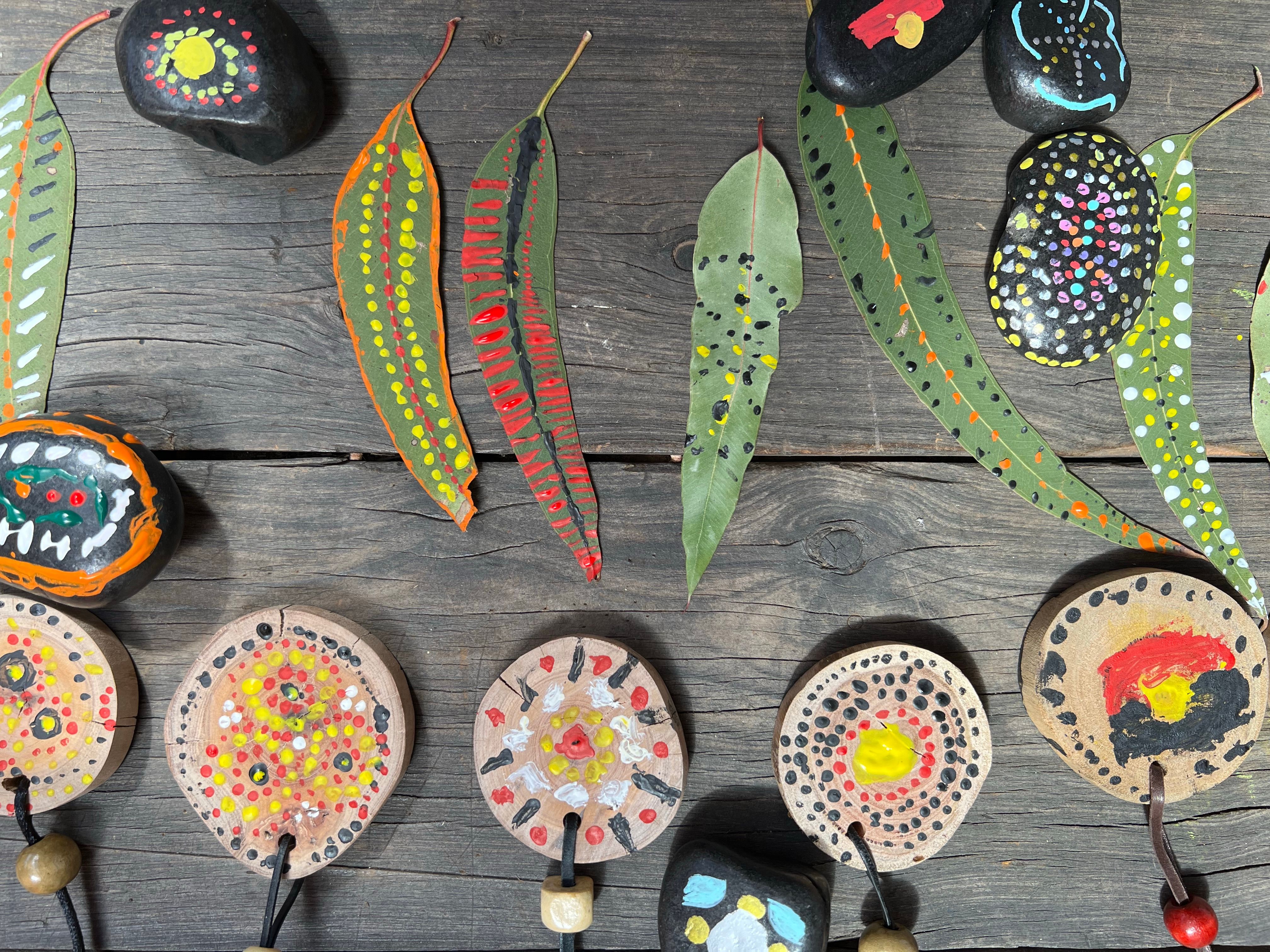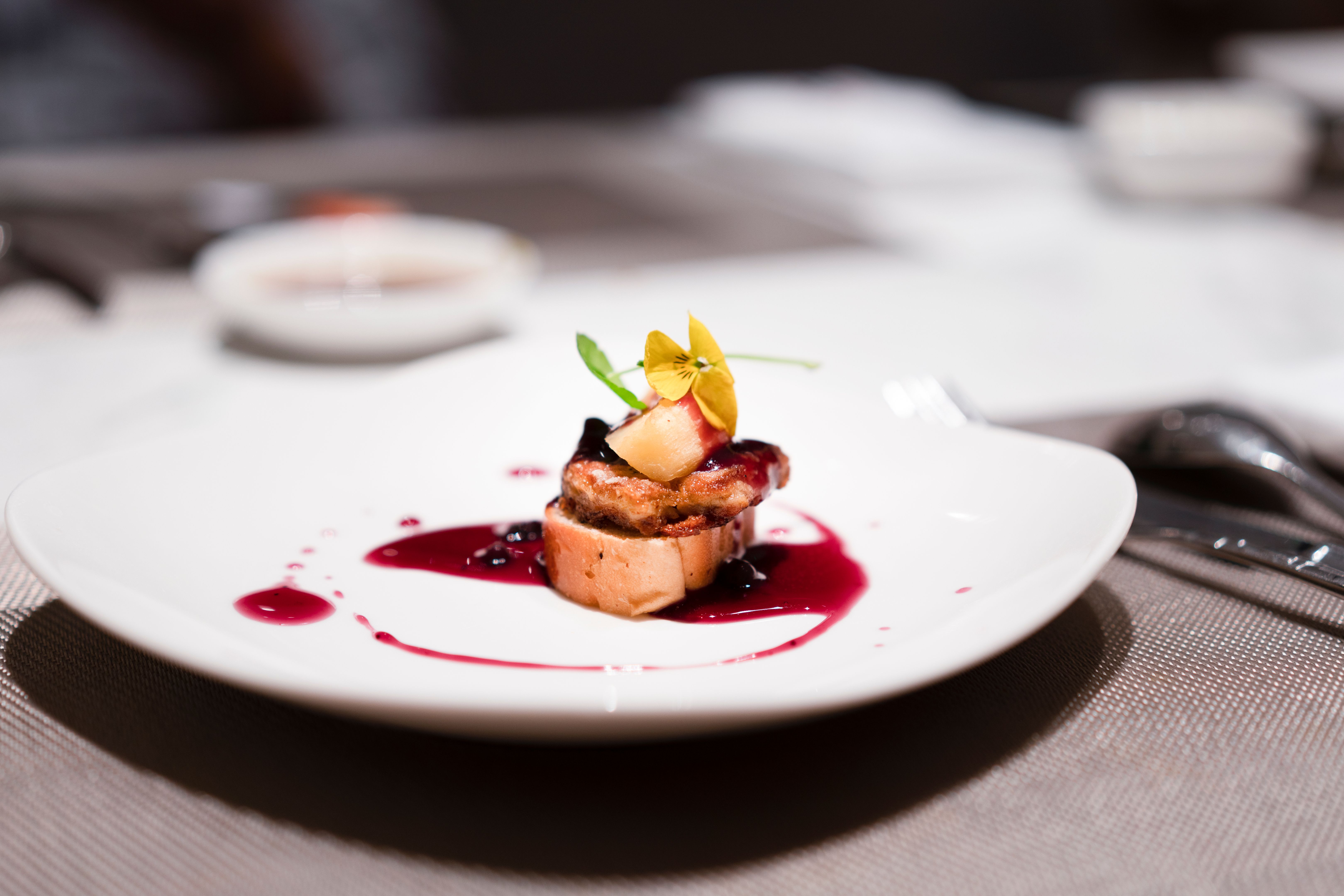Exploring Australian Bush Tucker: The Witchetty Grub Experience
Introduction to Bush Tucker
Australia's vast landscapes are home to a unique culinary tradition known as bush tucker. This term encompasses the native foods that Indigenous Australians have been using for thousands of years, offering flavors and nutrients that are both exotic and rich. Among the most intriguing elements of bush tucker is the witchetty grub, an insect that has long been a staple in Indigenous diets.

What is a Witchetty Grub?
The witchetty grub is the larva of a large moth, commonly found in the roots of certain Australian trees and shrubs. These grubs are famed for their creamy, nutty taste and are considered a delicacy among bush tucker enthusiasts. Packed with protein, they provide a valuable source of nutrition in the harsh Australian outback.
Nutritional Benefits
Witchetty grubs are not only unique in flavor but also in their health benefits. They are high in protein, essential fats, and several vitamins and minerals that contribute to a balanced diet. In fact, their nutrient density is one of the reasons they have sustained Indigenous populations for centuries.
The Cultural Significance
For many Indigenous communities, the witchetty grub holds significant cultural value. It is more than just food; it represents a connection to the land and the rich traditions passed down through generations. Harvesting these grubs often involves traditional methods that are an integral part of cultural heritage.
Traditional Harvesting Techniques
Collecting witchetty grubs is a skill that requires knowledge and respect for nature. Typically, they are harvested by locating the specific plants in which they reside, often involving digging into the roots to carefully extract these prized larvae. This process is often shared with younger generations to keep the tradition alive.

Modern Culinary Adventures
In recent years, witchetty grubs have found their way into modern cuisine, appealing to adventurous eaters and gourmet chefs alike. They are sometimes served raw, fried, or roasted, each method bringing out different aspects of their unique flavor profile. This culinary exploration showcases how traditional foods can be adapted into contemporary dishes.
Cooking with Witchetty Grubs
For those interested in trying witchetty grubs, there are several ways to prepare them. Here are some popular methods:
- Raw: Often described as tasting like almonds with a hint of sweetness.
- Fried: Cooking them in a pan until they are crispy enhances their nutty flavor.
- Roasted: This method brings out a smoky taste, making them a savory treat.

Conclusion
The witchetty grub serves as a fascinating example of how traditional foods can transcend their cultural origins to become part of global culinary experimentation. Whether appreciated for their nutritional benefits or their role in Indigenous heritage, witchetty grubs offer a unique taste of Australia's rich natural bounty. For those willing to venture beyond conventional dishes, exploring bush tucker can be both an enlightening and delectable journey.
